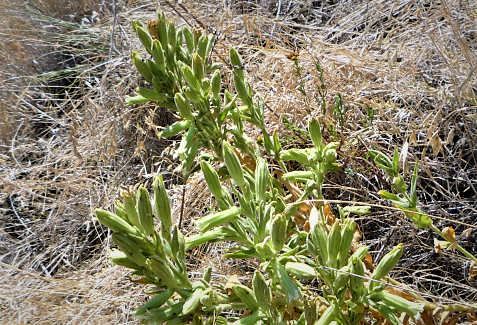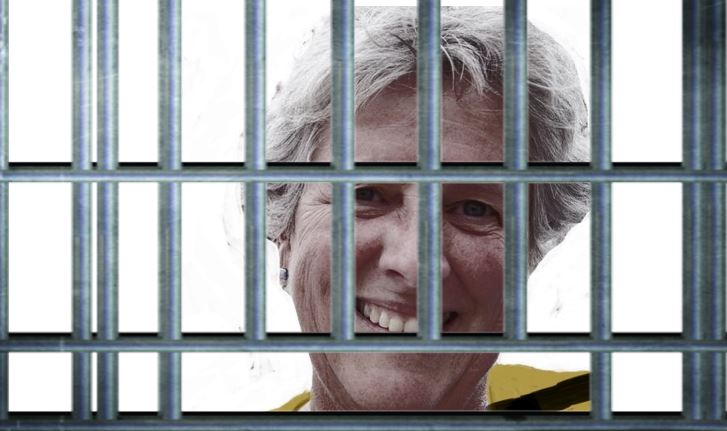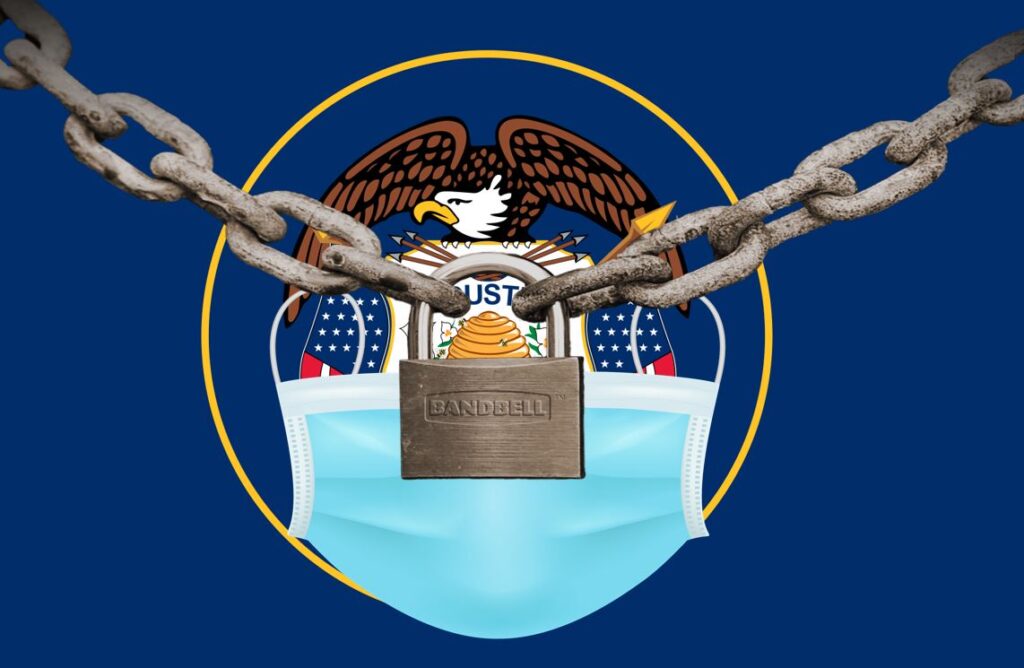Department of Justice attorney Sean Martin, representing the Forest Service, told Sullivan the 2015 range analysis was designed to improve habitat for catchfly, a species first documented in 2004 that has survived more than 200 years of cattle and horse grazing in the canyon, first by the Nez Perce and later by white settlers.
Katy Nesbitt
Judge hears challenge to grazing in Hells Canyon area
PENDLETON, Ore. — Cattle grazing on public land in the Hells Canyon National Recreation Area was challenged in U.S. district court last week when an environmental group argued that it threatens a wildflower.
The U.S. Forest Service and Greater Hells Canyon Council of La Grande argued in front of Judge Patricia Sullivan regarding the perceived harm, or lack thereof, caused by cattle to the threatened wildflower Spalding’s catchfly, a forb found only in the inland Northwest.
The council filed suit in January claiming the Forest Service violated federal laws when it developed the Lower Imnaha Range Analysis. Jennifer Schwartz, representing the council, claimed cattle grazing is the number one threat to catchfly recovery.
“Most of the damage is ongoing, especially on slopes, the plant’s niche habitat,” Schwartz said.
For almost 100 years the McClaran family has winter-grazed cattle in Hells Canyon. Rancher Scott McClaran said catchfly doesn’t have a niche habitat and is found throughout much of Wallowa County.
“We have the longest running permit in the national recreation area and it has the highest density of Spalding’s catchfly, but we aren’t even talking about 600,000 acres that hasn’t been inventoried or the 400,000 ungrazed acres,” McClaran said,
Department of Justice attorney Sean Martin, representing the Forest Service, told Sullivan the 2015 range analysis was designed to improve habitat for catchfly, a species first documented in 2004 that has survived more than 200 years of cattle and horse grazing in the canyon, first by the Nez Perce and later by white settlers.
Martin said a survey conducted this summer inventoried 800 more plants than documented at the time of the 2015 decision.
“A Forest Service botany expert said cattle grazing is not threatening the viability of the species,” Martin said. “After all these years, it is not likely to be extirpated any time soon.”
The council’s complaint alleged the agency did not “take a hard look at the action’s potential environmental consequences” and therefore its decision was arbitrary, capricious, not in compliance with the National Environmental Policy Act and “must be reversed and remanded.”
According to Darilyn Parry, the council’s executive director, her staff waited to see how the decision would be implemented before filing suit. The trigger was the result of a Freedom of Information Act request filed in August 2017. The complaint said the response did not include any current allotment management plans or botanical survey monitoring data.
“We monitored how the decision was implemented. For example, we wanted to see if the Forest Service would follow any Fish and Wildlife Service’s conservation recommendations for the project, or conduct addition monitoring of catchfly population, in order to get a sense of how the populations are doing over time.”
The McClarans and Wallowa County intervened in the case and were represented by Caroline Lobdell of the Western Resources Legal Center at Lewis and Clark Law School. She argued the plaintiff’s case was political and the Forest Service’s decision was neither capricious nor arbitrary.
“The plaintiffs say they are not asking for an injunction, but are blaming grazing for everything…”
Free Range Report
Thank you for reading our latest report, but before you go…
Our loyalty is to the truth and to YOU, our readers!
We respect your reading experience, and have refrained from putting up a paywall and obnoxious advertisements, which means that we get by on small donations from people like you. We’re not asking for much, but any amount that you can give goes a long way to securing a better future for the people who make America great.
[paypal_donation_button]
For as little as $1 you can support Free Range Report, and it takes only a moment.



